Little kids love to ask questions. “Why is the sky blue?” “Where does the sun go at night?” Their innate curiosity helps them learn more about the world, and it’s key to their development. As they grow older, it’s important to encourage them to keep asking questions and to teach them the right kinds of questions to ask. We call these “critical thinking skills,” and they help kids become thoughtful adults who are able to make informed decisions as they grow older.
What is critical thinking?
Critical thinking allows us to examine a subject and develop an informed opinion about it. First, we need to be able to simply understand the information, then we build on that by analyzing, comparing, evaluating, reflecting, and more. Critical thinking is about asking questions, then looking closely at the answers to form conclusions that are backed by provable facts, not just “gut feelings” and opinion.
Critical thinkers tend to question everything, and that can drive teachers and parents a little crazy. The temptation to reply, “Because I said so!” is strong, but when you can, try to provide the reasons behind your answers. We want to raise children who take an active role in the world around them and who nurture curiosity throughout their entire lives.
Key Critical Thinking Skills
So, what are critical thinking skills? There’s no official list, but many people use Bloom’s Taxonomy to help lay out the skills kids should develop as they grow up.
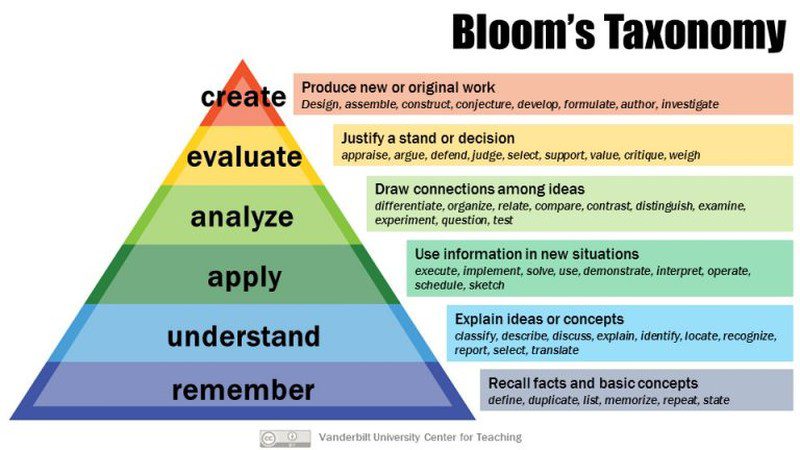
Source: Vanderbilt University
Bloom’s Taxonomy is laid out as a pyramid, with foundational skills at the bottom providing a base for more advanced skills higher up. The lowest phase, “Remember,” doesn’t require much critical thinking. These are the skills kids use when they memorize math facts or world capitals or practice their spelling words. Critical thinking doesn’t begin to creep in until the next steps.
Understand
Understanding requires more than memorization. It’s the difference between a child reciting by rote “one times four is four, two times four is eight, three times four is twelve,” versus recognizing that multiplication is the same as adding a number to itself a certain number of times. Schools focus more these days on understanding concepts than they used to; pure memorization has its place, but when a student understands the concept behind something, they can then move on to the next phase.
Apply
Application opens up whole worlds to students. Once you realize you can use a concept you’ve already mastered and apply it to other examples, you’ve expanded your learning exponentially. It’s easy to see this in math or science, but it works in all subjects. Kids may memorize sight words to speed up their reading mastery, but it’s learning to apply phonics and other reading skills that allows them to tackle any new word that comes their way.
Analyze
Analysis is the real leap into advanced critical thinking for most kids. When we analyze something, we don’t take it at face value. Analysis requires us to find facts that stand up to inquiry, even if we don’t like what those facts might mean. We put aside personal feelings or beliefs and explore, examine, research, compare and contrast, draw correlations, organize, experiment, and so much more. We learn to identify primary sources for information, and check into the validity of those sources. Analysis is a skill successful adults must use every day, so it’s something we must help kids learn as early as possible.
Evaluate
Almost at the top of Bloom’s pyramid, evaluation skills let us synthesize all the information we’ve learned, understood, applied, and analyzed, and to use it to support our opinions and decisions. Now we can reflect on the data we’ve gathered and use it to make choices, cast votes, or offer informed opinions. We can evaluate the statements of others too, using these same skills. True evaluation requires us to put aside our own biases and accept that there may be other valid points of view, even if we don’t necessarily agree with them.
Create
In the final phase, we use every one of those previous skills to create something new. This could be a proposal, an essay, a theory, a plan—anything a person assembles that’s unique.
Note: Bloom’s original taxonomy included “synthesis” as opposed to “create,” and it was located between “apply” and “evaluate.” When you synthesize, you put various parts of different ideas together to form a new whole. In 2001, a group of cognitive psychologists removed that term from the taxonomy, replacing it with “create,” but it’s part of the same concept.
How To Teach Critical Thinking
Using critical thinking in your own life is vital, but passing it along to the next generation is just as important. Be sure to focus on analyzing and evaluating, two multifaceted sets of skills that take lots and lots of practice. Start with these 10 Tips for Teaching Kids To Be Awesome Critical Thinkers. Then try these critical thinking activities and games. Finally, try to incorporate some of these 100+ Critical Thinking Questions for Students into your lessons. They’ll help your students develop the skills they need to navigate a world full of conflicting facts and provocative opinions.
One of These Things Is Not Like the Other
This classic Sesame Street activity is terrific for introducing the ideas of classifying, sorting, and finding relationships. All you need are several different objects (or pictures of objects). Lay them out in front of students, and ask them to decide which one doesn’t belong to the group. Let them be creative: The answer they come up with might not be the one you envisioned, and that’s OK!
The Answer Is …
Post an “answer” and ask kids to come up with the question. For instance, if you’re reading the book Charlotte’s Web, the answer might be “Templeton.” Students could say, “Who helped save Wilbur even though he didn’t really like him?” or “What’s the name of the rat that lived in the barn?” Backwards thinking encourages creativity and requires a good understanding of the subject matter.
Forced Analogies
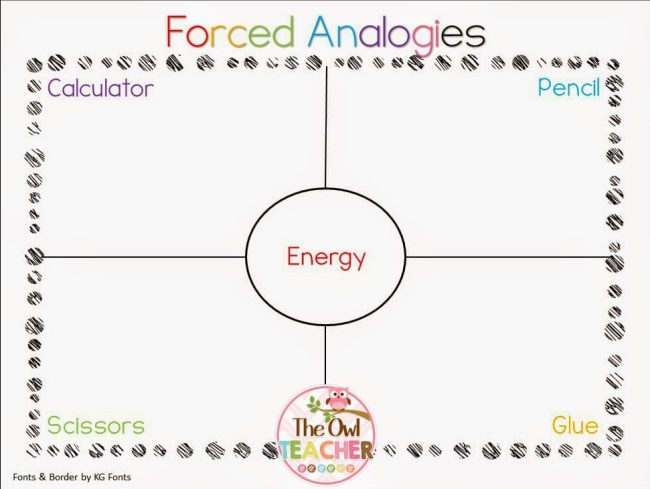
Practice making connections and seeing relationships with this fun game. Kids write four random words in the corners of a Frayer Model and one more in the middle. The challenge? To link the center word to one of the others by making an analogy. The more far out the analogies, the better!
Learn more: Forced Analogies at The Owl Teacher
Primary Sources
Tired of hearing “I found it on Wikipedia!” when you ask kids where they got their answer? It’s time to take a closer look at primary sources. Show students how to follow a fact back to its original source, whether online or in print. We’ve got 10 terrific American history–based primary source activities to try here.
Science Experiments
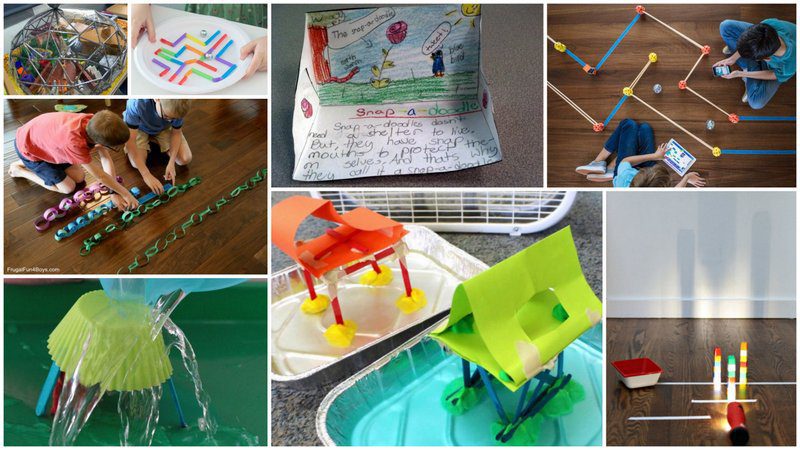
Hands-on science experiments and STEM challenges are a surefire way to engage students, and they involve all sorts of critical thinking skills. We’ve got hundreds of experiment ideas for all ages on our STEM pages, starting with 50 Stem Activities To Help Kids Think Outside the Box.
Not the Answer
Multiple-choice questions can be a great way to work on critical thinking. Turn the questions into discussions, asking kids to eliminate wrong answers one by one. This gives them practice analyzing and evaluating, allowing them to make considered choices.
Learn more: Teaching in the Fast Lane
Correlation Tic-Tac-Toe
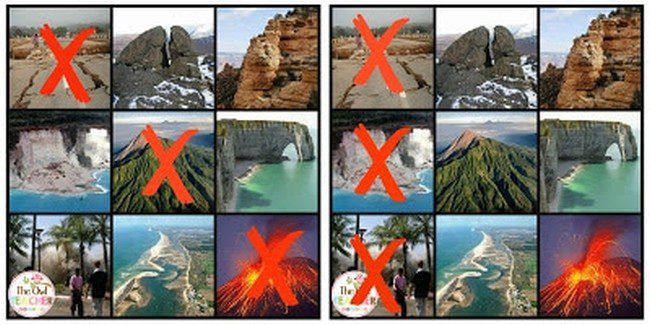
Here’s a fun way to work on correlation, which is a part of analysis. Show kids a 3 x 3 grid with nine pictures, and ask them to find a way to link three in a row together to get tic-tac-toe. For instance, in the pictures above, you might link together the cracked ground, the landslide, and the tsunami as things that might happen after an earthquake. Take things a step further and discuss the fact that there are other ways those things might have happened (a landslide can be caused by heavy rain, for instance), so correlation doesn’t necessarily prove causation.
Learn more: Critical Thinking Tic-Tac-Toe at The Owl Teacher
Inventions That Changed the World
Explore the chain of cause and effect with this fun thought exercise. Start it off by asking one student to name an invention they believe changed the world. Each student then follows by explaining an effect that invention had on the world and their own lives. Challenge each student to come up with something different.
Learn more: Teaching With a Mountain View
Critical Thinking Games
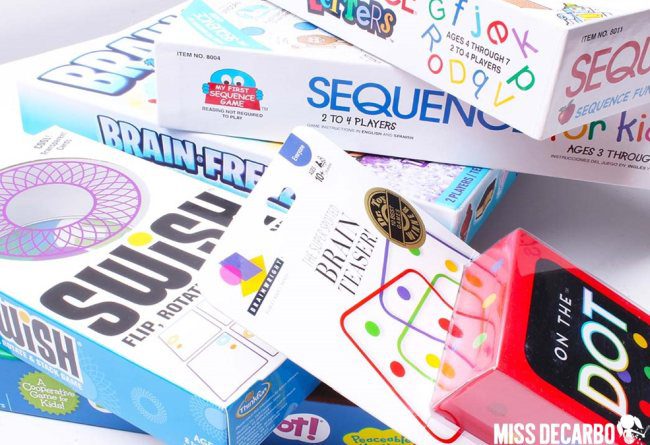
There are so many board games that help kids learn to question, analyze, examine, make judgments, and more. In fact, pretty much any game that doesn’t leave things entirely up to chance (Sorry, Candy Land) requires players to use critical thinking skills. See one teacher’s favorites at the link below.
Learn more: Miss DeCarbo
Debates
This is one of those classic critical thinking activities that really prepares kids for the real world. Assign a topic (or let them choose one). Then give kids time to do some research to find good sources that support their point of view. Finally, let the debate begin! Check out 100 Middle School Debate Topics, 100 High School Debate Topics, and 60 Funny Debate Topics for Kids of All Ages.



















